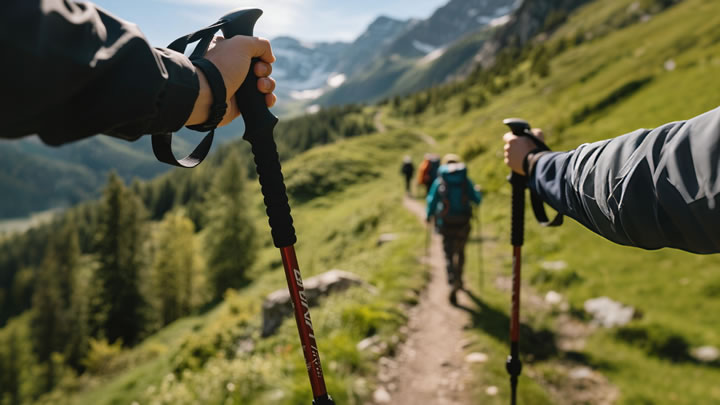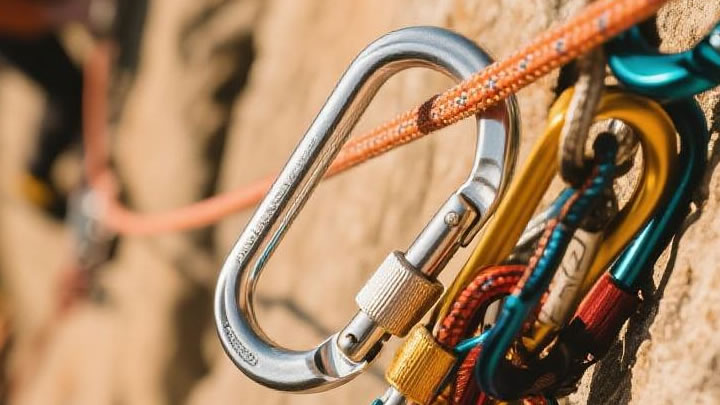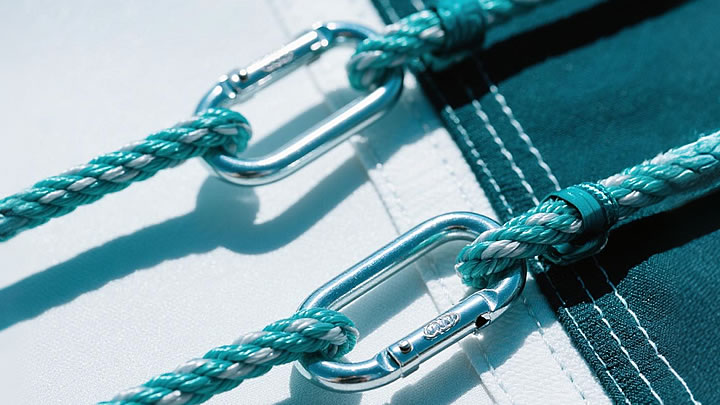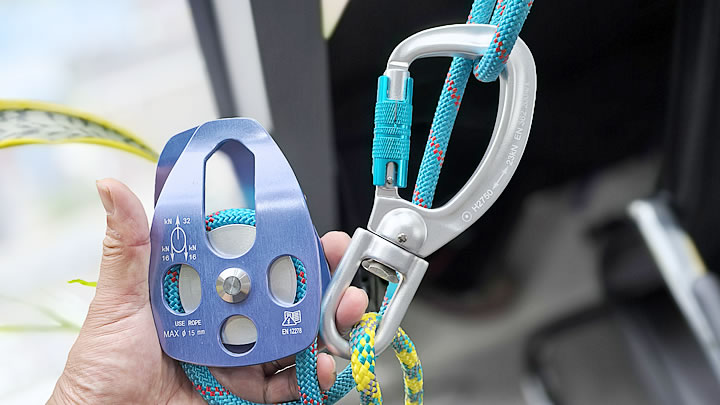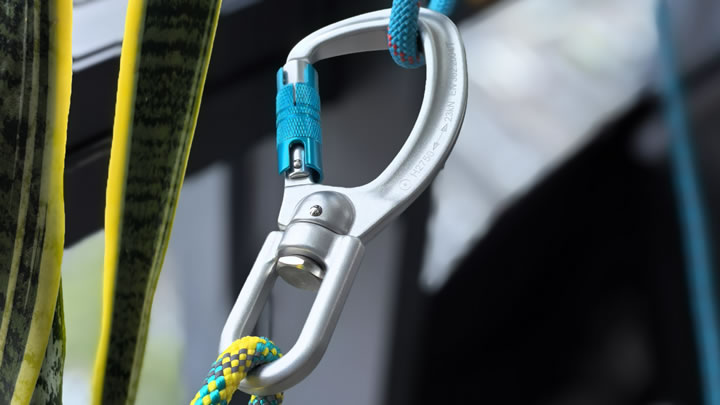Do Hammocks Attract Bugs? (How to Prevent It)
Hammocks are magnets for relaxation—and unfortunately, for bugs too. From mosquitoes to spiders, ants to ticks, your peaceful hangout can quickly turn into an insect buffet. But why are bugs drawn to hammocks, and how can you stop them? Drawing on entomology research and field tests in bug-heavy zones like the Florida Everglades and Amazon rainforest, here’s your ultimate defense plan.

Why Bugs Love Your Hammock
- Body Heat & CO₂: Mosquitoes detect warmth and breath from 50+ feet away.
- Sweat & Skin Oils: Lactic acid and urea in sweat attract flies and ants.
- Fabric Colors: Dark blues/reds draw 2x more mosquitoes than light colors (University of Washington study).
- Food Residue: Crumbs or sweet drink spills lure wasps and ants.
- Shelter: Spiders seek shaded, woven spaces for webs.
Prevention Tier List: From DIY to High-Tech
| Method | Effectiveness | Duration | Eco-Impact |
|---|---|---|---|
| Permethrin-Treated Fabric | 95% | 6 weeks | Moderate |
| Natural Oils (Lemon Eucalyptus) | 70% | 2 hours | Low |
| Bug-Proof Hammock Nets | 90% | Permanent | High (plastic) |
| Ultrasonic Repellers | 40% | Continuous | Low |
| Smoke (Citronella Coils) | 60% | 1 hour | High (particles) |
Step-by-Step Bug-Proofing Strategy
1. Choose the Right Hammock
- Material: Opt for tightly woven nylon (<0.6mm gaps) over cotton.
- Color: Light gray or olive green (least attractive to bugs).
- Built-In Nets: Brands like Hennessy Hammock offer zip-up systems.
2. Pre-Treat Gear
- Permethrin Soak: Soak hammock and straps for 2 hours (Sawyer Products kit).
- Essential Oil Blend: Mix 10 drops each of citronella, tea tree, and lavender oils with water; spray weekly.
3. Smart Setup
- Avoid: Setting up near standing water, flowering plants, or ant trails.
- Elevate: Hang at least 50 yards from cooking/eating areas.
- Lighting: Use amber LED string lights (less attractive than white light).
4. Daily Maintenance
- Shake Out: Dislodge spiders and debris before each use.
- Wipe Down: Remove sweat/oil residue with unscented baby wipes.
- Store Dry: Moisture attracts moths and silverfish.
Bug-Specific Solutions
| Pest | Attractant | Killer Hack |
|---|---|---|
| Mosquitoes | CO₂, dark colors | Thermacell E55 (creates 15-ft zone) |
| Ticks | Body heat, grass contact | Tape lint roller over hammock before use |
| Ants | Food smells | Draw chalk line around suspension straps |
| Spiders | Shelter-seeking | Peppermint oil spray on ridgeline |
| Bed Bugs* | Human scent | Use a hammock stand (no contact points) |
*Rare but possible in infested areas.
Natural vs. Chemical: The Pros Weigh In
- Dr. Rosa Lee (Entomologist): “Permethrin is gold standard but requires cautious use. For eco-camping, pair picaridin wipes with mechanical barriers.”
- Survivalist Tim Carter: “Smear mud on suspension ropes—bugs hate the alkaline pH.”
- DIY Enthusiast Aisha K.: “Plant lemongrass in pots under your stand as a living repellent.”
2024 Tech Innovations
- Laser Bug Zappers: PatioGuard’s system detects and vaporizes mosquitoes mid-air.
- Smart Nets: Hammock Sky’s netting uses UV-light traps and CO₂ emitters.
- Nanotech Fabrics: Insect Shield’s new graphene-infused material repels bugs via static charge.
Myth Busting
❌ “All Bugs Hate Cedar”: Only 43% species are deterred (per Rutgers study).
❌ “Rubbing Alcohol Works”: Evaporates too quickly; may damage fabrics.
✅ “Bats Help”: Install a bat house nearby—one bat eats 1,000+ mosquitoes nightly.
When All Else Fails: Emergency Protocol
- Seal Yourself: Zip into hammock netting.
- Smoke Out: Burn dried sage or pine needles (upwind).
- Relocate: Move hammock to breezy, open area.
Final Tip: Consistency is key. Re-treat gear monthly and adapt strategies to local bug populations. With these tactics, you’ll reclaim your hammock as a bug-free sanctuary—no DEET bath required!

